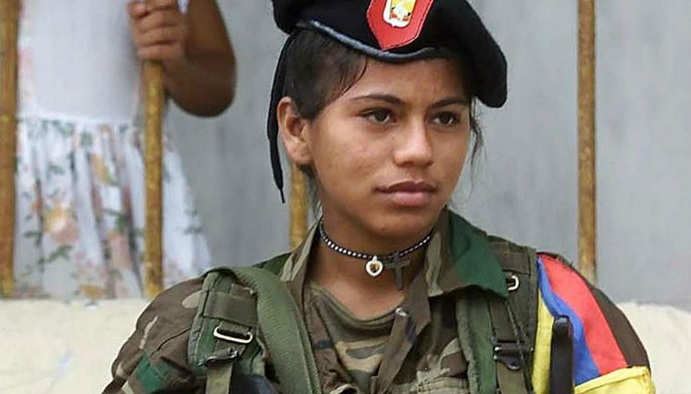Jacqueline O’Neill writes: After 50-plus years, 222,000 deaths, $9 billion in U.S. aid, and 34 rounds of negotiations, one of the world’s longest civil wars might finally be nearing its end. The Colombian government and the Revolutionary Armed Forces of Colombia (known by its Spanish acronym, FARC) have agreed to terms for political participation, land reform, mine clearance, and stemming the cocaine trade.
The stakes are enormous. If this process is ineffective, as it’s been in so many countries, the risk is not just that men and women from the FARC will return to the mountains to take up arms. There’s also a high chance that disaffected or underemployed ex-combatants will be recruited by drug traffickers, who added thousands of demobilized paramilitaries to their ranks after the country’s last peace process.
But perhaps the most critical factor for the viability of the coming peace is the inclusion of women in the conversation.
.As a first step, implementers need an accurate picture of how many women are in the FARC, what roles they play, and how their experiences and needs differ from those of their male counterparts. For over half a century of conflict, Colombian women have filled a wide variety of tactical, recruitment, support, and combat roles in the FARC.
Peace planners also frequently underestimate the extent and nature of women’s participation during conflict. At the end of Liberia’s second civil war in 2003 to 2004, for instance, the U.N. expected to disarm no more than 2,000 women, but ended up working with over 22,000 (missing an estimated 14,000 others).
This will require disseminating information in ways that explicitly target women, using language and imagery that reflects their reality.
Job-training programs to provide ex-combatants with economic alternatives to armed struggle will be essential. During the conflict, many women rose to leadership positions within the FARC. They’re unlikely to desire a return to previous social roles. Yet, globally, jobs envisioned for female ex-combatants are often stereotypically traditional.
The best way to ensure programs are designed in ways that meaningfully incorporate women is to interview former and current FARC members and hear directly from the women themselves. Starting now, the peace process must consult a diverse swath of Colombian women — making sure to include minority Afro-Colombians, for example.
In Colombia, as elsewhere, women in the community can help dictate whether returning fighters are welcomed or ostracized. They can also provide services through civilian groups; share resources like childcare, clothes, and food; and facilitate skills training and education for ex-combatants, which will ultimately ease fighters’ return to society.
Getting this right is critical for both sides at the negotiating table.

